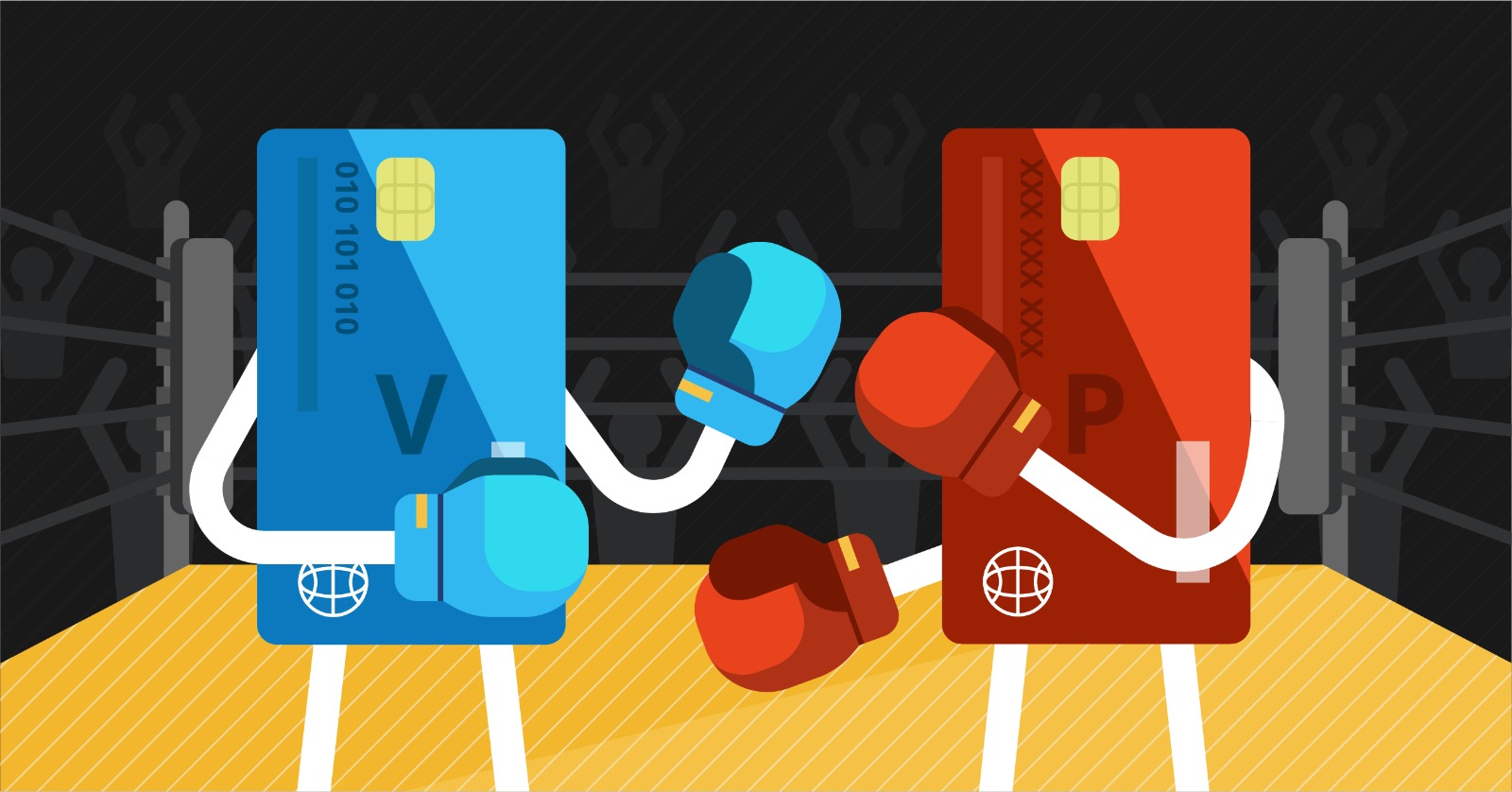The debate on the virtual card versus the physical card on safe transactions has heated up. As online shopping and digital payments have become the current dominants of the financial area, one would ask the question, which one promises to protect their money and personal data more?
What Are Virtual and Physical Cards?
- Physical Cards are cards that you know and have in your wallet, such as the plastic debit or credit cards. They are embedded with a constant card number, expiration date and coding CVV.
- Virtual Cards are digital-only versions of such cards. They can be created (online) and most tend to contain additional security, such as the option to expire after one use, or be restricted to certain merchants.
Both may be connected to your current bank account or credit line; however, there is a huge difference in their security performance.
Security Risks of Physical Cards
Physical cards are outstanding with face-to-face transactions; nevertheless, they are exposed to threats:
- Card Theft or Loss – In case you lose your card, then any person may use it to make unauthorised purchases.
- Data Skimming – Data skimming involves a criminal placing a device inside an ATM or a point-of-sale machine that captures the card details.
- Static Card Details – Card number and CVV do not change, and as such, once they are compromised during a breach, your account remains at risk until a card replacement has occurred.
Why Virtual Cards Have the Security Edge
Virtual cards are conceptualised addressing fraud protection; thus, they are a superior option when it comes to online protection:
1. Unique, Changeable Card Numbers
A virtual card may also be distributed with a random number that does not disclose your actual account. At any moment, you can create another number.
2. Customizable Controls
Put some spending limits, merchant restrictions, or even an expiration date to lessen the exposure in case you are hacked.
3. Single-Use Options
Others are virtual and end after just a single transaction, rendering the stolen data unusable to hackers.
4. No Physical Exposure
The lack of a physical card will mean that there is no chance of losing, stealing, or skimming the card during payment at the terminals.
When Physical Cards Still Make Sense
Virtual cards are superior when it comes to online purchasing activities; however, physical cards are still required when it comes to:
- In-store shopping at stores that do not offer a contactless payment option
- ATM withdrawals
- Navigation in areas with low digital infrastructure
Concisely, physical cards can be convenient in some aspects, but when used, they should be accompanied by close attention and alert to fraud.
Best Approach: Use Both Strategically
Smart consumers and businesses make online purchases with virtual cards and use in-state purchases with physical cards to avoid picking just one option. By doing so, you make it convenient and risk-averse.
Final Verdict on Security
Virtual cards are obviously winning when it comes to online transactions. They also give easy, as-needed protection against fraud, particularly when they are delivered by secure agents such as OnlineCheckWriter. Even though you make payments with your virtual card through the real card number and can predefine strict rules regarding its use, it provides you with the additional security that is not possible through physical cards.



































